Naomi Goldblum, Shifra Glick0521000947, 9780521000949
Table of contents :
Half-Title……Page 3
Title……Page 5
Copyright……Page 6
Contents……Page 7
Preface……Page 8
Figure permissions and acknowledgments……Page 10
1 Introduction……Page 11
How are the mind and the brain related?……Page 12
How are connectionist explanations different from other explanations of mental processes?……Page 13
Is the mind in any way like the Internet?……Page 15
What about the emotions?……Page 17
What questions does this book try to answer?……Page 18
2 What the brain cannot tell us about the mind……Page 22
The difference between process and content……Page 23
Token—token identity……Page 24
Why no brain-scanning machine will ever be able to read minds……Page 25
The detailed structure of everyone’s brain is different……Page 28
But everyone’s brain functions similarly……Page 29
How do these modules work?……Page 31
How do neurons interact?……Page 33
How are neural networks formed?……Page 36
How are the modules connected?……Page 37
The connections between the neurons keep changing……Page 38
4 Theories and models of how the mind functions……Page 40
Computer models……Page 41
Reading words……Page 43
Semantic network theories……Page 45
Labeled links and nodes……Page 47
Transforming semantic networks into connectionist networks……Page 50
Representing concepts by patterns of activity……Page 53
Different kinds of networks……Page 54
Connections between the networks……Page 55
Cooperation among the networks……Page 56
Overlapping representations……Page 58
6 How our networks learn……Page 64
Learning to say “dog”……Page 65
Classifying things in the same category……Page 68
Classifying things in different categories……Page 69
How generalization works……Page 71
How differentiation works……Page 72
When is learning satisfying and effective?……Page 73
7 Connecting the networks: how different things are related……Page 76
Fact networks……Page 77
Distinguishing dogs from wolves……Page 78
Linguistic and emotional associations……Page 80
Representing family relationships……Page 82
Experimental evidence……Page 85
Analyzing two-dimensional scenes……Page 86
A computer learns to talk……Page 87
A computer learns the past tense……Page 89
A computer prefers words……Page 92
Evidence from the physiology of smell……Page 95
Differences between the two types of memory……Page 97
A connectionist model of temporary memory……Page 99
From temporary to permanent memory……Page 101
From permanent to temporary memory……Page 103
What do strokes do to our networks?……Page 105
Can stroke damage be repaired?……Page 108
How is temporary memory different?……Page 109
What sort of damage occurs in traffic accidents?……Page 111
What happens in Alzheimer’s disease?……Page 113
Can anything be done about Alzheimer’s disease?……Page 115
How to study more efficiently……Page 118
How to teach more effciently……Page 120
How to overcome unhealthy patterns……Page 122
Conclusion……Page 125
The representationalists’ criticism……Page 126
Answering the representationalists’ criticism……Page 127
The claim that connectionism is unscientific……Page 129
Dewdney’s guidelines for good science……Page 130
Dewdney’s guidelines for bad science……Page 133
Dewdney’s specific criticisms of connectionism……Page 134
Conclusion……Page 137
Chapter 1……Page 139
Chapter 4……Page 140
Chapter 8……Page 141
Chapter 9……Page 142
Chapter 12……Page 143
Index……Page 145
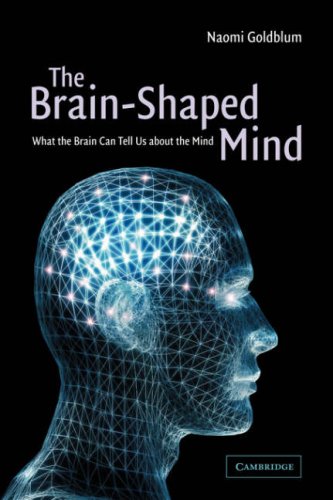
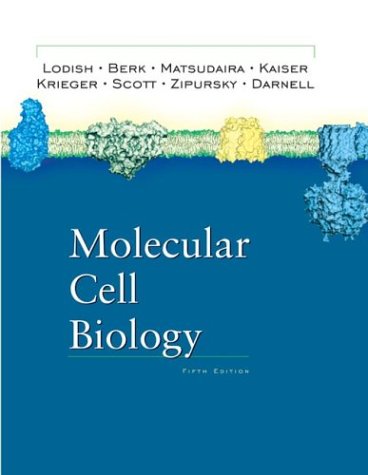
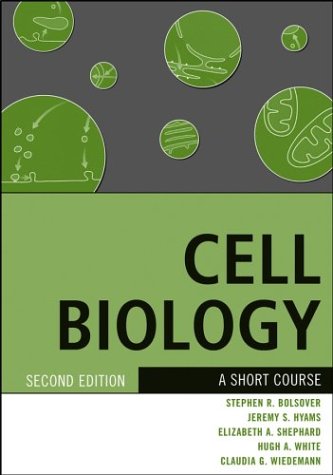
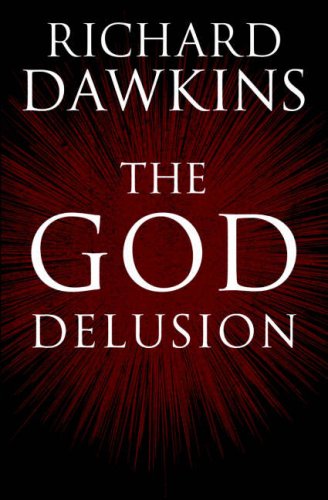

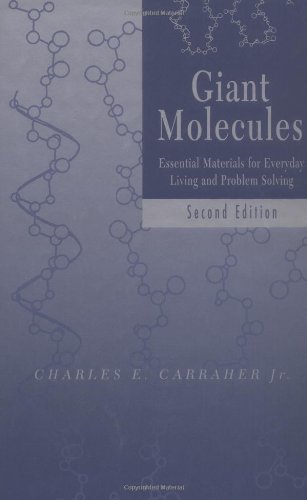
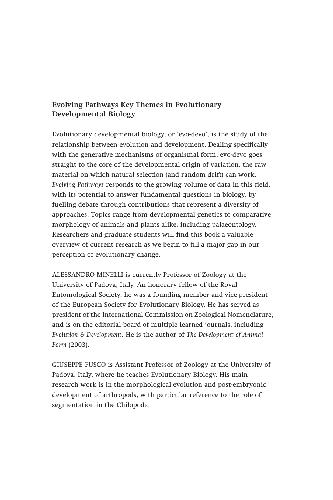
Reviews
There are no reviews yet.